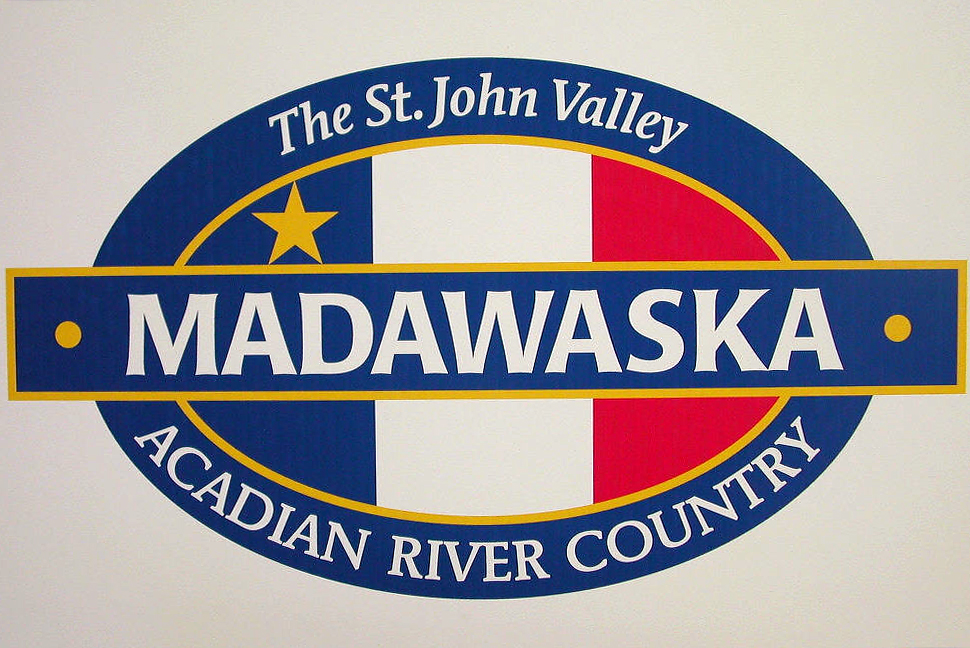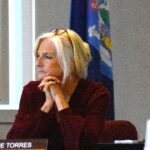MADAWASKA, Maine – Madawaska officials approved a mill rate of $23 per $1,000 of evaluated property during a special selectmen meeting on Friday, representing a 2.4 reduction from last year’s rate of 25.4.
The town has been working since early this year to avoid further mill rate increases. In June, the town approved a $8,146,900 tax commitment, which was the same amount as the previous budget year. Dan Foster, who was serving as Madawaska’s interim town manager at the time, said the town had a significant surplus and would almost certainly see a lower mill rate.
For a home valued at $150,000 in Madawaska, this would result in $3,450 in annual property taxes. It would also mean a $360 reduction in property taxes over the previous year.
Foster said the town spent about half a million dollars less than anticipated during the previous budget year. The public works department alone saved roughly $275,000 due to a light winter. In creating the budget that was presented in June, the town also cut two full-time positions within the public works department. The recreation department went from two full-time staff to one full-time employee and one part-time employee.
Jason Boucher, Chairman of the town’s board of selectmen, said on Monday that the board worked to find a balance between lowering the mill rate while also ensuring the town can maintain a strong financial position.
“We reviewed multiple scenarios that allowed us to compare the tax impact on homeowners at various mill rates,” he said. “This approach offered us a clear view of potential savings for residents and helped us set a rate that supports our community’s financial well-being.”
The board also set the overlay to $200,000, which Boucher said will help them prepare for unexpected costs and emergencies without needing to immediately request additional funding from taxpayers via special town meeting.
He said the board also wanted to make sure the rate was sustainable.
“We recognize that reducing the mill rate too aggressively in one year might create pressure to increase it significantly the following year, particularly with the ongoing rise in costs,” he said. “Our approach was therefore designed to achieve a sustainable rate that benefits the community both now and in the longer term.”
While there was discussion among selectmen to potentially set the rate slightly higher to put away more money for town reserves, Boucher said the board ultimately voted in favor of the 23 mill rate unanimously.








